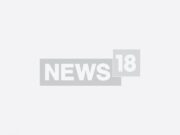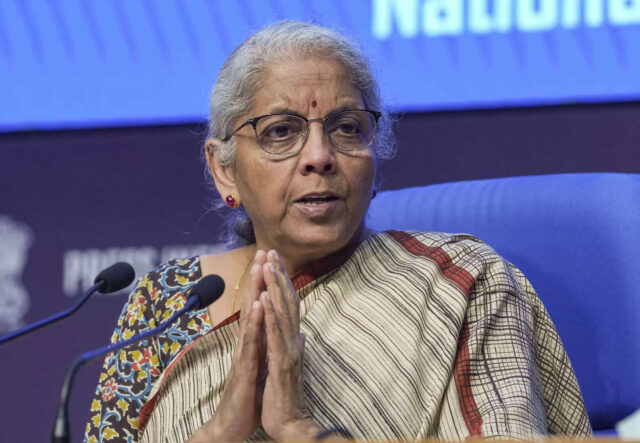These proposals or some parts of it are expected to be announced in the Union Budget.
In the interim Budget, the government increased the allocation for the Ayushman Bharat Pradhan Mantri Jan Arogya Yojana (AB-PMJAY), which provides health cover of Rs 5 lakh per family per year for secondary and tertiary care hospitalization to 12 crore families, to Rs 7,200 crore while Rs 646 crore was assigned for the Ayushman Bharat Health Infrastructure Mission (PM-ABHIM).
The proposals, if given a go-ahead, would entail an additional expenditure of Rs 12,076 crore per annum for the exchequer as per estimates prepared by the National Health Authority, official sources told PTI.
IMA writes for higher fund allocation:
The Indian Medical Association (IMA) has demanded increased allocation of financial resources in the budget, advocating a tax-based system of health financing.
In a letter addressed to Finance Minister Nirmala Sitharman, the medical body expressed worry over low spending by the government on health.
IMA said that allocations varying from 1.1 to 1.6 per cent of GDP by the various governments are among the lowest in the world.
Apart from higher allocations, the body has requested for tax-funded universal healthcare with a basic package for all citizens. It demanded investments in public sector hospitals, an allocation of 5 per cent of GDP for health, a re-envision of PMJAY to cover outpatient care and the cost of drugs, and facilities for direct patient transfer, copayment, and reimbursement models, among others.IMA suggested that to achieve the goals of Viksit Bharat 2047, “the health sector has to be promoted judiciously and made a priority sector, like industries, education, and agriculture.”
Insufficient hospital beds in India:
According to a Knight Frank report last year, India needs an additional 2.4 million (24 lakh) hospital beds to reach the recommended ratio of 3 beds per 1,000 people, fuelling the demand for healthcare-related real estate space.
Currently, India has an estimated 70,000 hospitals, of which 63 per cent are from the private sector.
“India is facing a deficit of 2 billion sq ft of healthcare space to cater to its current population base of 1.42 billion people,” Knight Frank India had said in a statement.
“India’s existing bed-to-population ratio is 1.3/1000 population (both private and public hospitals included), and there is a deficit of 1.7/1000 population. To cater to the existing population, there is an additional requirement of 2.4 million beds,” as per the report.
Drugmakers hope for tax incentives:
India’s pharmaceutical companies are hoping for tax incentives and financial assistance for research on innovative drugs.
For the country to be ‘pharmacy of the world,’ Indian drug markers would need a push beyond generic variety, and focus on developing complex drugs, experts say.
India’s export sales, which dominate the U.S. generics market, is expected to double to $55 billion by 2030, according to a government-backed trade body Pharmaceuticals Export Promotion Council of India (Pharmexcil). “And if you want to have this flag going high in the entire globe and again…I think probably we have to look a little bit out of the box,” Raja Bhanu, director general of Pharmexcil, said.
India’s healthcare spending:
India’s overall health spending (public and private) is currently estimated to be 3.8 per cent of its GDP, lower than the low- or middle-income country’s (LMIC) average health spending share of GDP of around 5.2 per cent, as per the IMA.
The budget estimates of the Department of Health and Family Welfare have reached from Rs 86,175 crore in 2023-24 from Rs 36,948 crore in 2014-15, thereby showing an overall increase of 133.23 per cent during the period, ANI sources said in April.
Meanwhile, According to the report by medical journal Lancet, the government spending on health has fallen and now hovers around an “abysmal” 1.2 per cent of gross domestic product, out-of-pocket expenditure on health care remains extremely high, and flagship initiatives on primary health care and universal health coverage have so far “failed” to deliver services to people most in need. A government source had discarded the report.




































